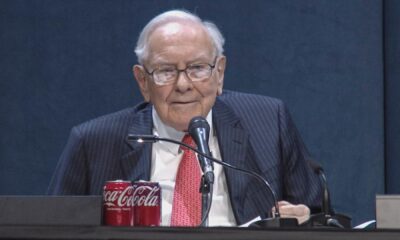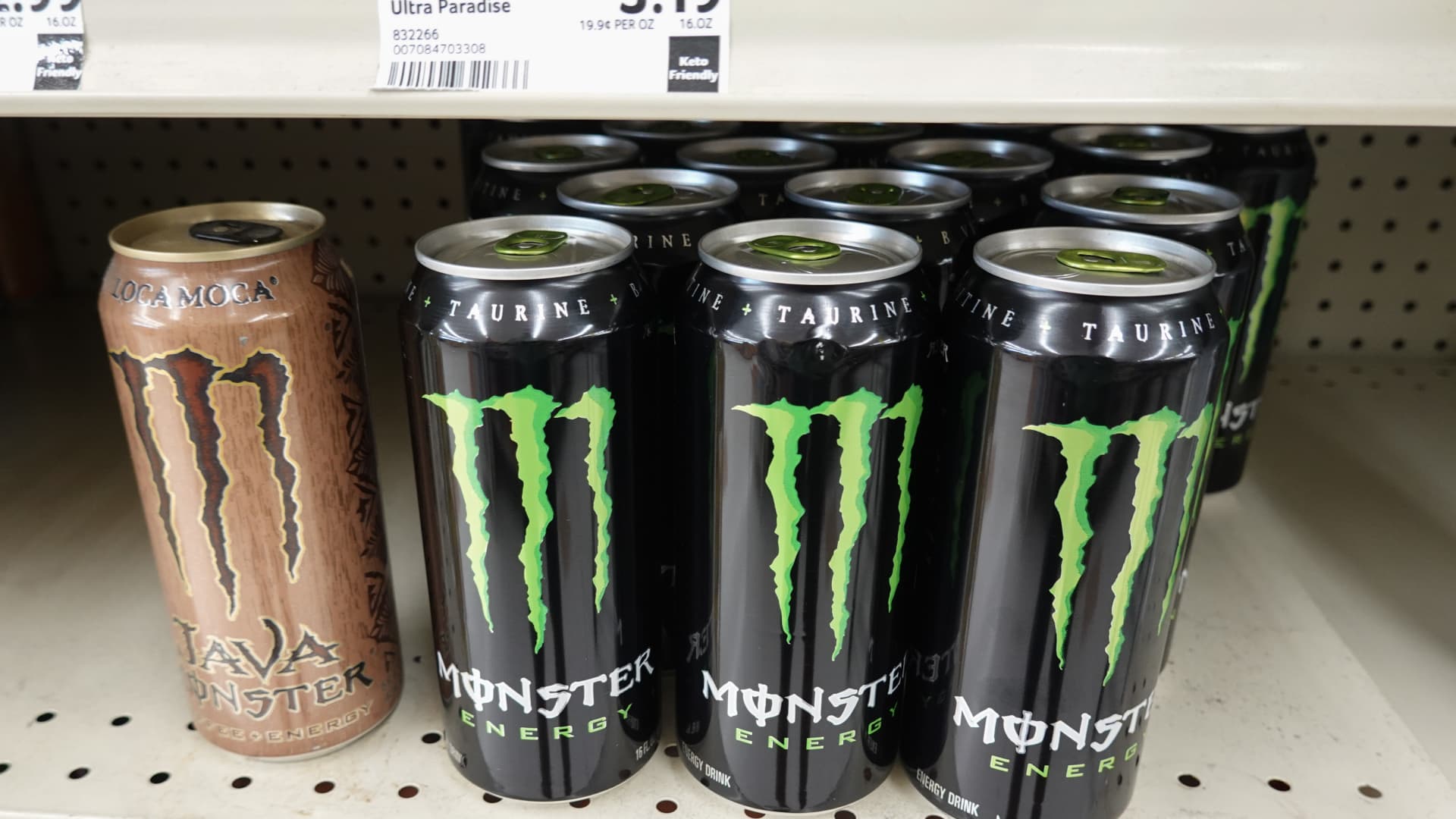Finance
Wells Fargo’s strong rebound rally continues. How we’re playing the move higher
-

 Finance6 days ago
Finance6 days agoWarren Buffett to ask board to make Greg Abel CEO of Berkshire Hathaway at year-end
-

 Finance7 days ago
Finance7 days agoBerkshire meeting ‘bazaar’ features Buffett Squishmallows, 60th anniversary book and giant claw machine
-

 Personal Finance1 week ago
Personal Finance1 week agoMillions of older workers lost jobs during Covid. Prospects have improved
-

 Economics1 week ago
Economics1 week agoWhy does America have birthright citizenship?
-

 Personal Finance1 week ago
Personal Finance1 week agoWhy Roth conversions are popular when the stock market dips
-

 Economics1 week ago
Economics1 week agoHow Donald Trump could rescue John Roberts
-

 Economics1 week ago
Economics1 week agoJobs report Friday to provide important clues on where the economy is heading
-

 Economics1 week ago
Economics1 week agoHow one Ivy League university avoided the president’s wrath










